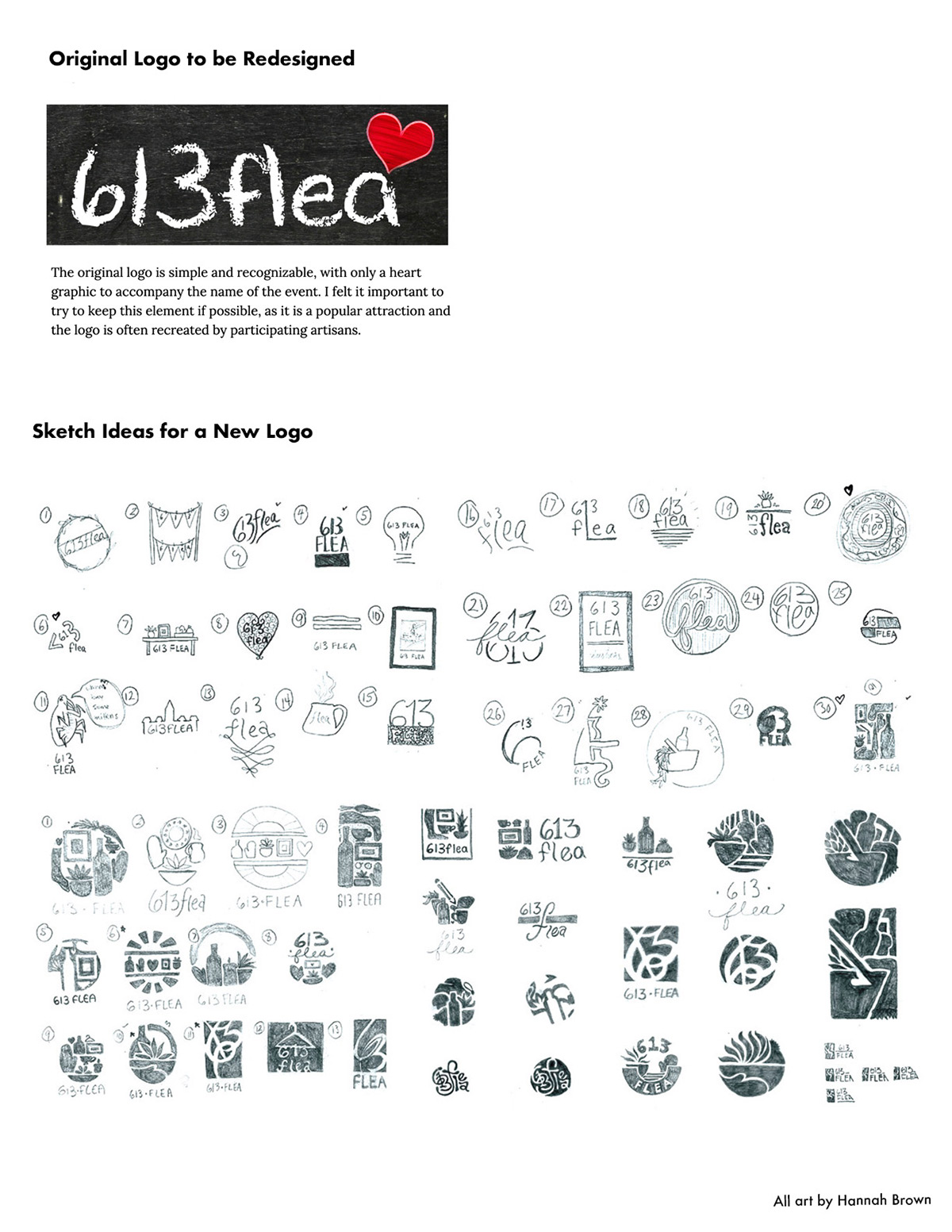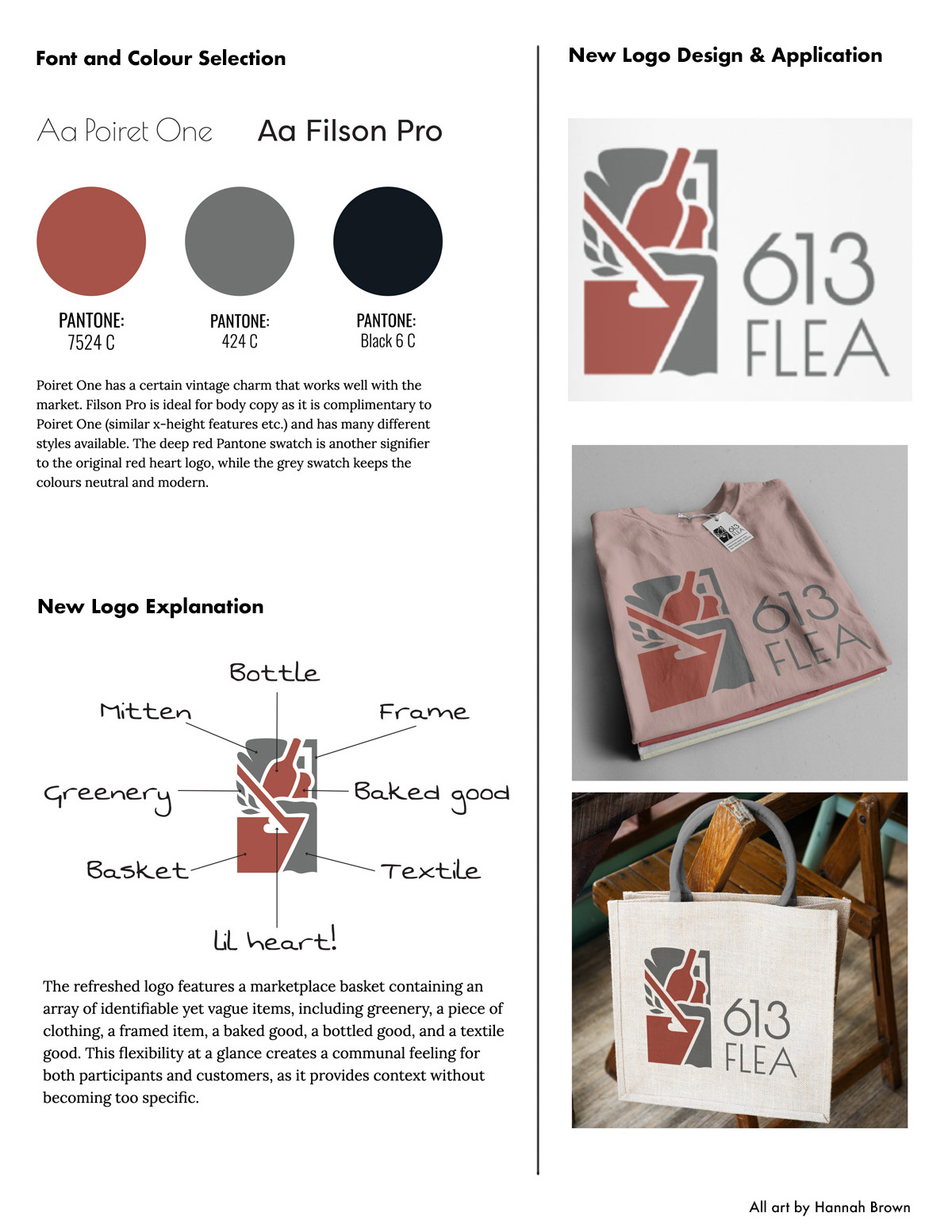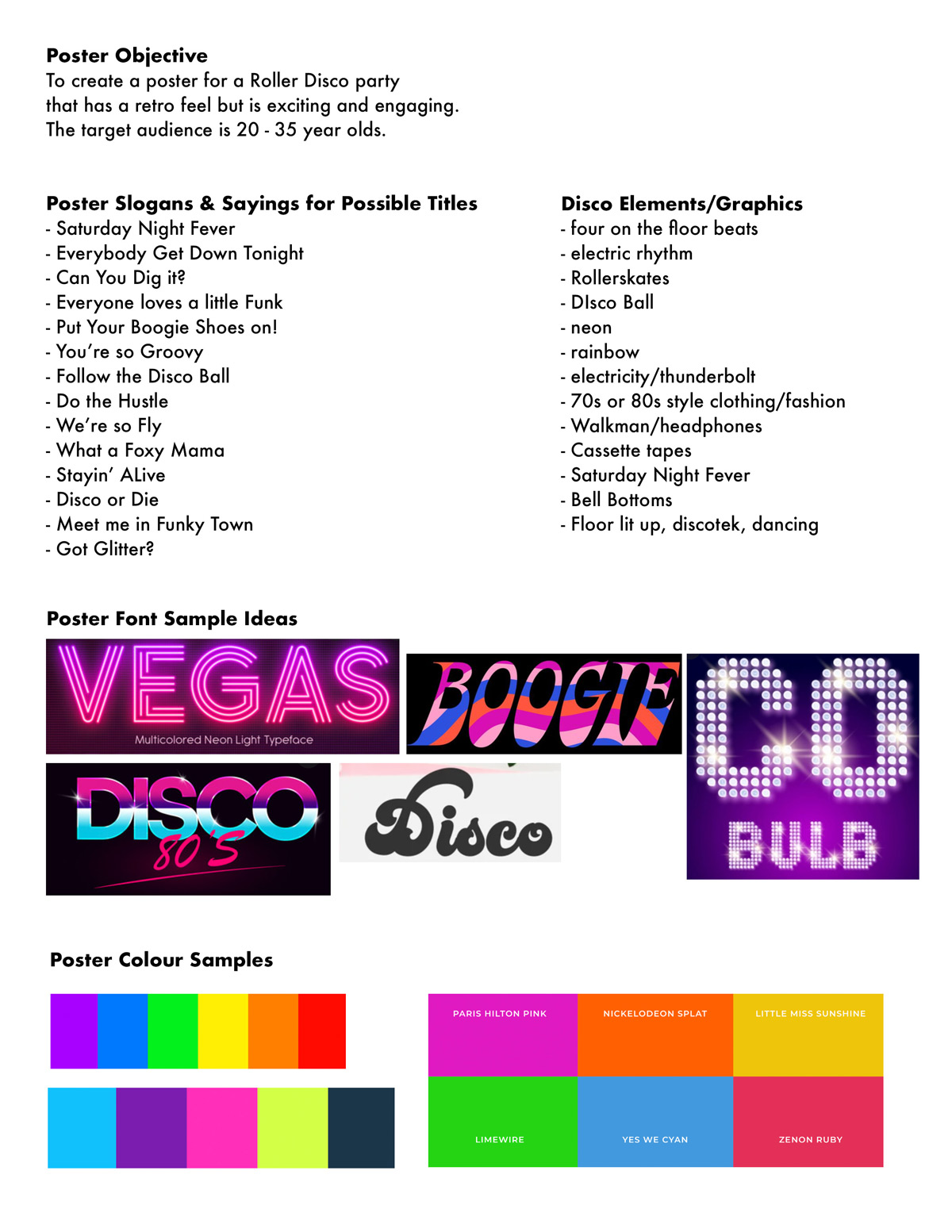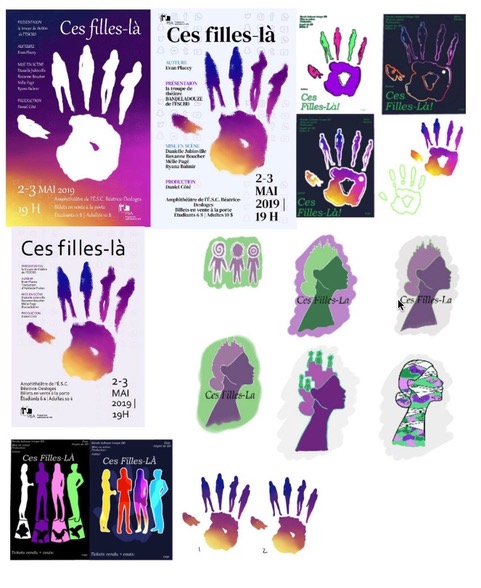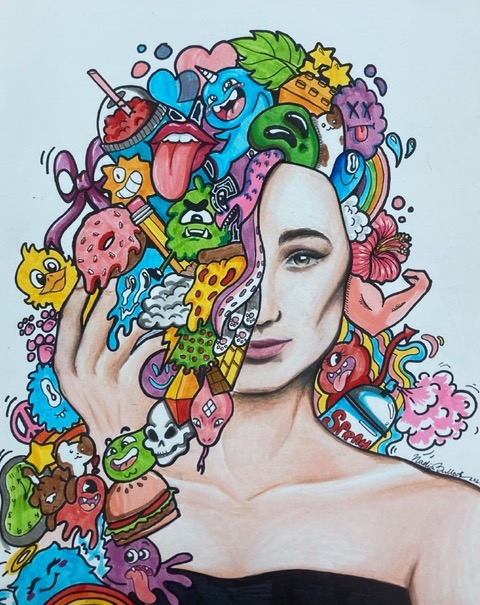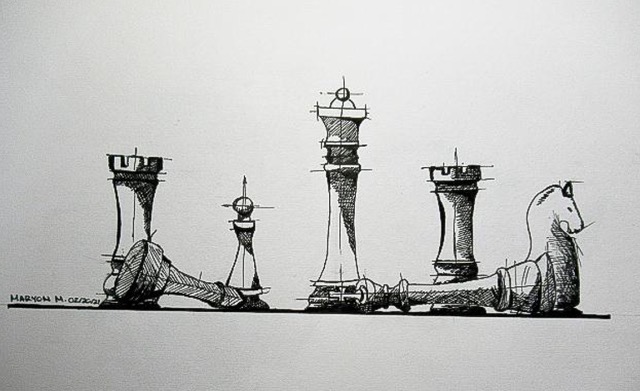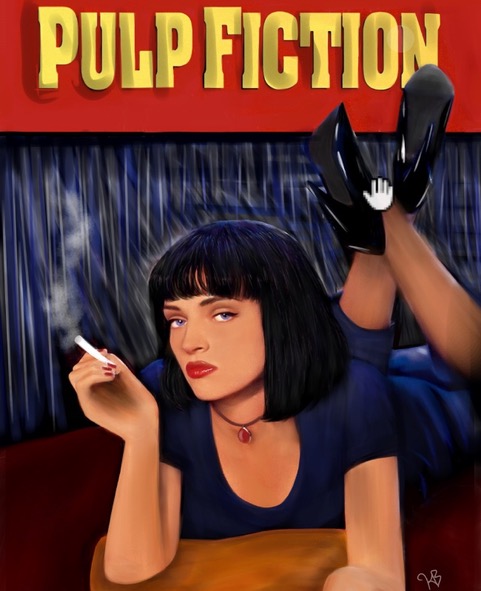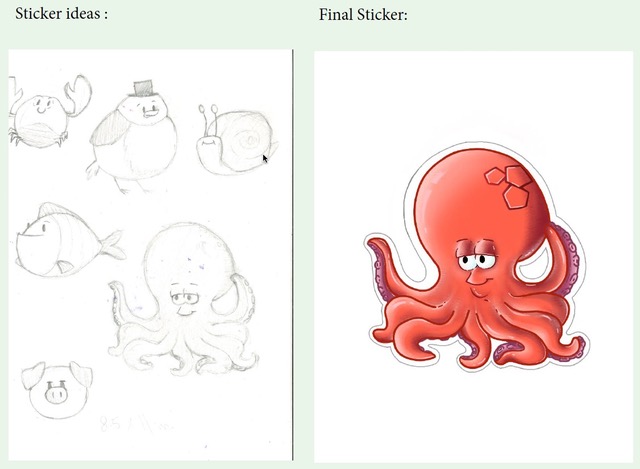Why a portfolio?
A Graphic Design portfolio is a sampling of your best design work. It should showcase your creativity. It should also present how you developed your concepts. This includes demonstrations of your hand skills; how well you sketch to develop your ideas. There is far more value in showcasing how you think than simply showing completed work.
A portfolio submission is an extremely important part of Graphic Design. Submitting a portfolio is something designers do professionally when trying to secure work, not only when applying to schools. Whether for a job or for school, they demonstrate your ability to work within constraints, illustrate your process, feature your problem-solving abilities, project your communication skills, and showcase your creativity. They help us, employers, and educators, determine if you are the right fit, whether you can accomplish the work expected from you.
Portfolio submission
As part of the application process for the Graphic Design program, you are required to submit approximately 10 of your best design pieces. The first two portfolio requirements are more in-depth exercises. Your portfolio should include:
1. Logo Design
A logo is a visual representation of a company's identity, comprising images, shapes, and text that convey a message or evoke an emotional response from the audience. Effective logos often incorporate the company name and/or purpose, utilizing color, typography, and symbolism to create a lasting impression. The design process for a logo typically begins with research and sketching, as designers seek to understand the company's values and aesthetic. It is essential to document this process to showcase the thinking behind the design in a logo presentation.
For your portfolio submission, you will design (or redesign) a logo for one of three businesses: a sports team, a restaurant, or a flower shop. To start, research existing logos for the business you choose to gain insight into industry trends and best practices. Next, develop a minimum of 15 logo sketches, exploring different concepts and ideas. Refine your sketches to create a final logo design that effectively represents the business. In addition to the final design, include a logo application to demonstrate how the logo would be used in a real-world context. You may choose to complete this work entirely by hand or use a combination of hand-drawn and computer-aided design techniques. Regardless of the method, ensure that your submission showcases a clear and well-documented design process.
2. Poster Design for an Event
An event poster is a visual promotional tool designed to capture the audience's attention and convey essential information about an upcoming event. To achieve this, a poster must strike a balance between being eye-catching and informative, ensuring that the message is communicated clearly and effectively.
Event posters can take various forms, including typographic posters that rely on creative use of type and color, illustrated posters that combine artwork with typography, and photographic posters that incorporate images with text. Regardless of the approach, a well-designed event poster should include essential elements such as the event name, date and time, location, and any relevant details, such as special guests, presenters, or sponsors.
For your portfolio submission, design an 8.5 x 11” event poster for one of the following events: a craft market, a music event, or a sporting event. To complete this task, begin by researching existing event posters to gain insight into design trends and best practices. Next, develop a minimum of 5 possible poster layout sketches, exploring different concepts and ideas. Refine your sketches to create a final poster design that effectively promotes the event and communicates the essential information. Ensure that your final design includes all the necessary details, such as event name, date, time, location, and any relevant additional information.
You may choose to complete this work entirely by hand or use a combination of hand-drawn and computer-aided design techniques. Regardless of the method, ensure that your submission showcases a clear and well-documented design process. By following these guidelines, you will demonstrate your understanding of event poster design principles and your ability to apply them in a practical context.
3. Ten Additional Design Pieces
In addition to the required portfolio pieces, you are encouraged to include up to ten additional design samples that showcase your skills and versatility as a graphic designer. These samples can take many forms, including print layouts, publications, newsletters, brochures, posters, book cover designs, web designs, animation design, branding, advertisements, packaging design, interfaces, environmental design, product design, product illustration, icons, or type-only exploration pieces. The key is to select pieces that demonstrate your ability to apply design principles and concepts to a wide range of projects and mediums. When choosing your additional design samples, consider how they will complement your required portfolio pieces and provide a more comprehensive view of your design abilities.
Note: If you have examples of photography, illustration, or paintings, ensure these elements are combined into graphically designed pieces with type in order to be assessed on your fit for this program.
Important notes
Plagiarism is not tolerated! Applicants who have submitted work which is copied or not their own will not be accepted to the program.
If you submit work that was part of a collaboration, please indicate what part you played in the design process.
Submission
Submitting Your Portfolio
To ensure that your portfolio is considered for admission to the Graphic Design Program, please follow these guidelines carefully. Your submission must be a single PDF file, labeled as "Lastname,Firstname, Portfolio". This file should be emailed to design@algonquincollege.com. It must include your name, email address, telephone number, and student number. If your PDF file exceeds 10MB, please use a cloud service such as Google Drive, iCloud, or Dropbox to send us a link to the file. Please note that submissions that do not adhere to this format will not be considered.
Written Response
In addition to your portfolio pieces, please include a 250-word written response to the following question: What experience and personal qualities do I bring as a prospective student in the Graphic Design Program? Your response should be written in Times New Roman, 12-point font, and double-spaced. Please save it as a PDF and submit it along with your portfolio pieces.
Deadline and Acceptance
Portfolio submissions will be accepted until the program is full. We encourage you to submit your portfolio and confirm your acceptance as early as possible, as the program fills up quickly. The earlier you submit, the better your chances of securing a spot in the program.
Questions or concerns?
If you have any questions or concerns, please contact one of the Graphic Design coordinators:
- David Bromley
+1 613 727 4723 ext. 5267
bromled@algonquincollege.com - Alain Paradis
+1 613 727 4723 ext. 5878
paradia@algonquincollege.com
